Nothing Phone (3) revealed — 5 things to know about this fashion-focused flagship
Nothing has revealed its first premium flagship to the world. Prepare for Glyph games!

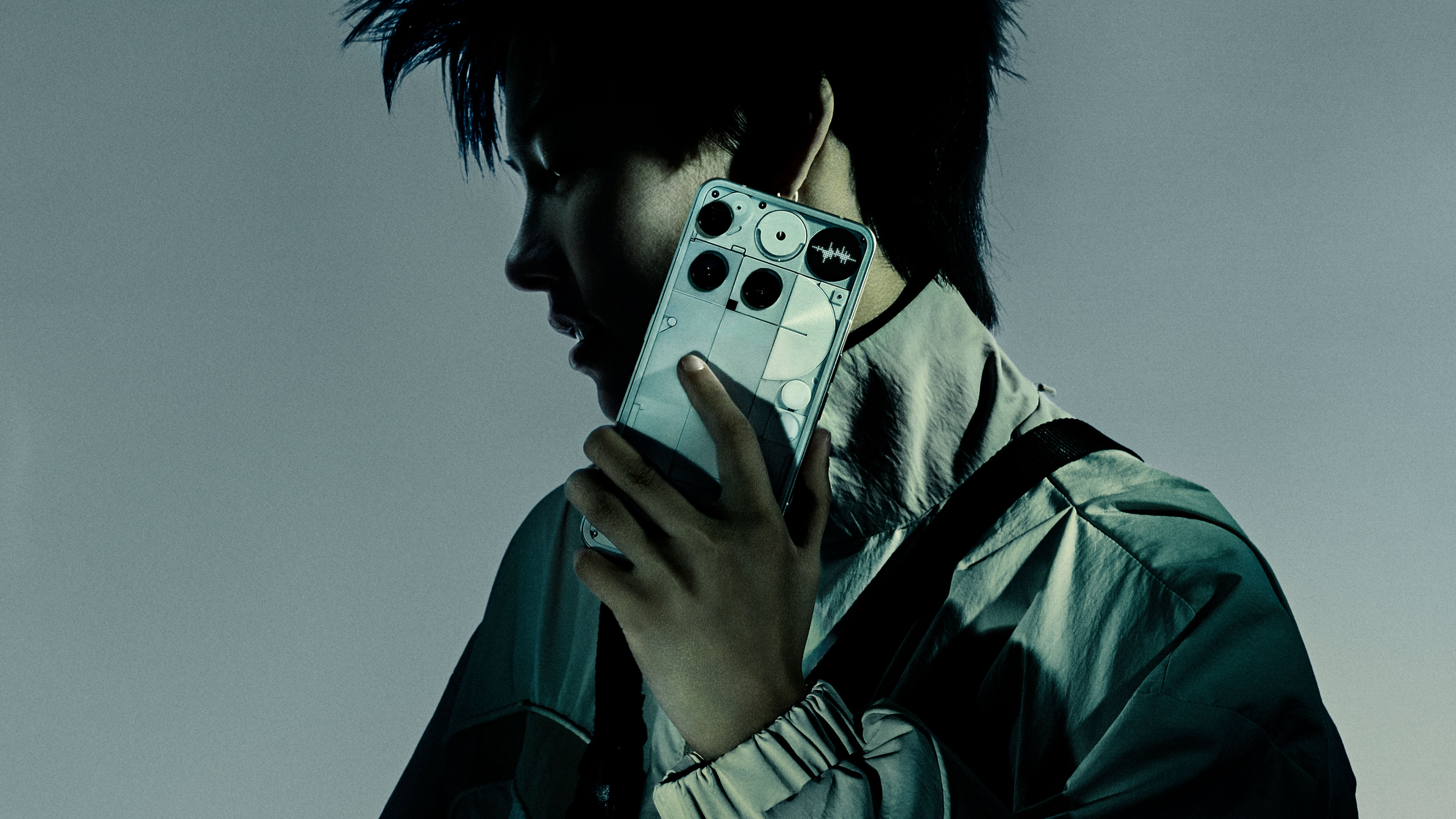
It's official, the Nothing Phone (3) is here! Unveiled by Nothing CEO Carl Pei in London — with Shortlist in attendance — the handset is being billed as Nothing's first foray into premium flagship territory, with the phone retailing for £799 (with an £899 16GB RAM option).
So, what makes it so premium — and why has Nothing decided that now is the time to unleash its most expensive handset yet?
Here are 5 things to know — but before you read on, below are some hand-on images we took at event which was definitely an 'elbows out' situation!
A lot of people want to take a look at this phone...
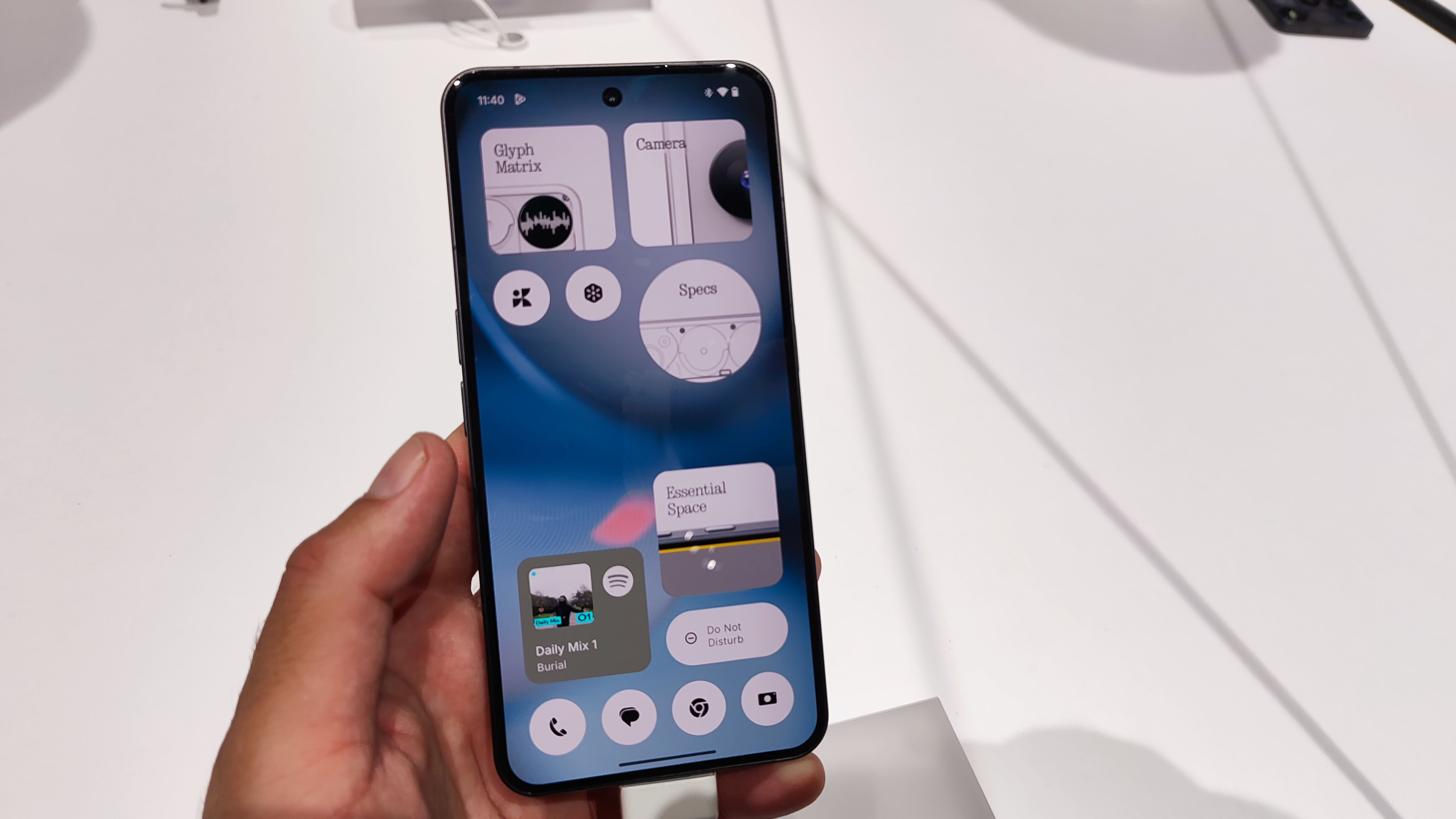
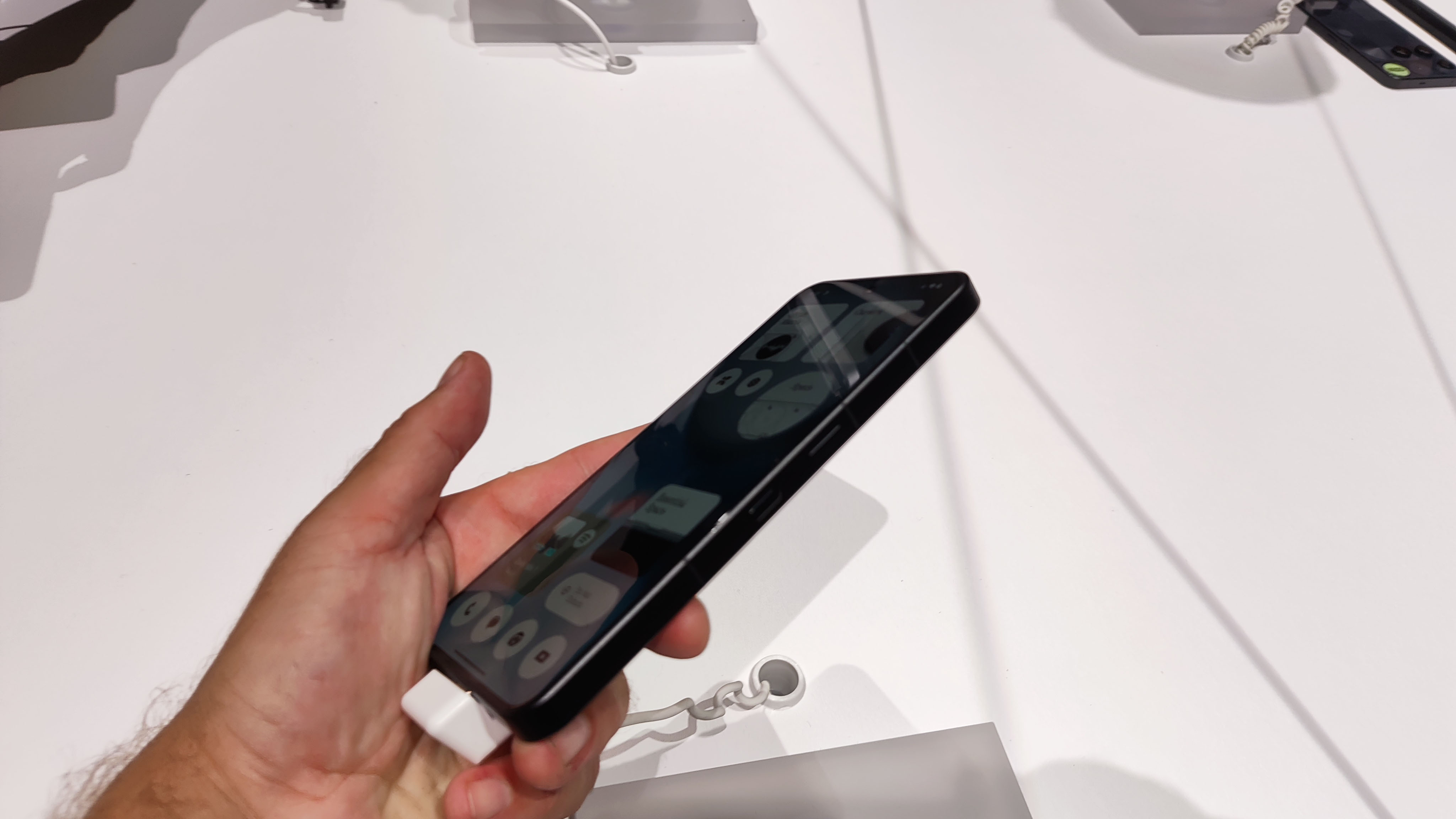
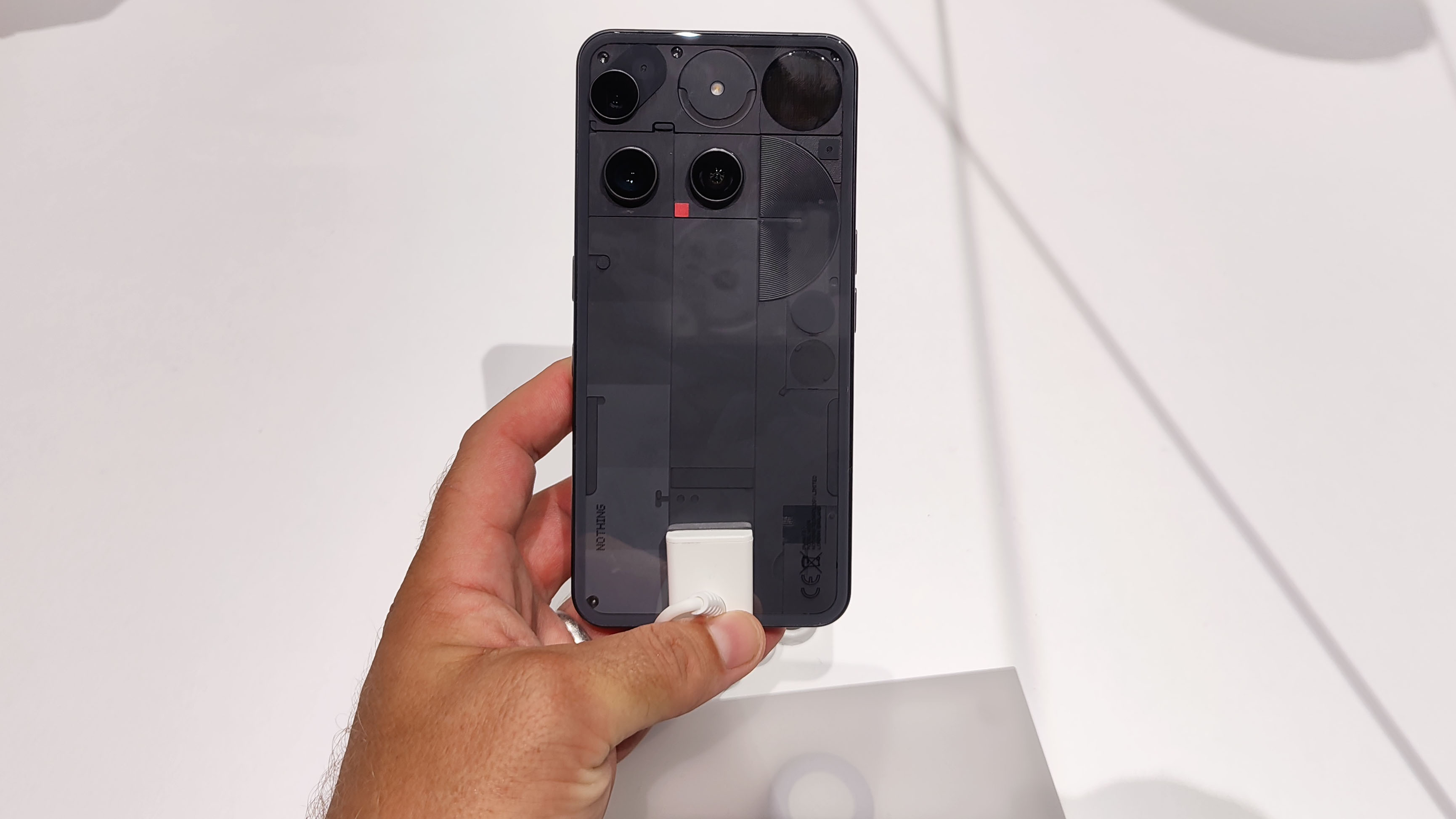
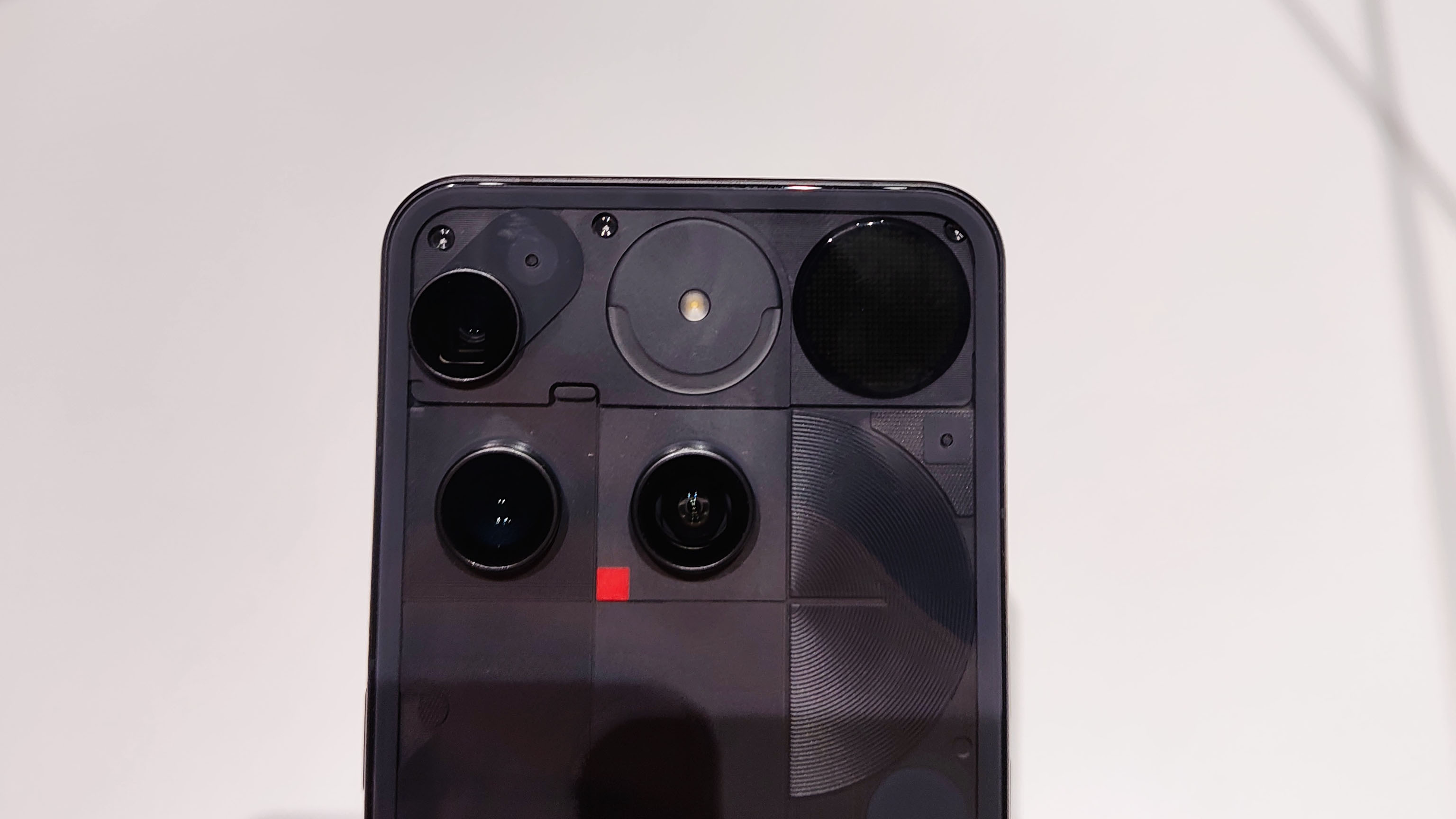
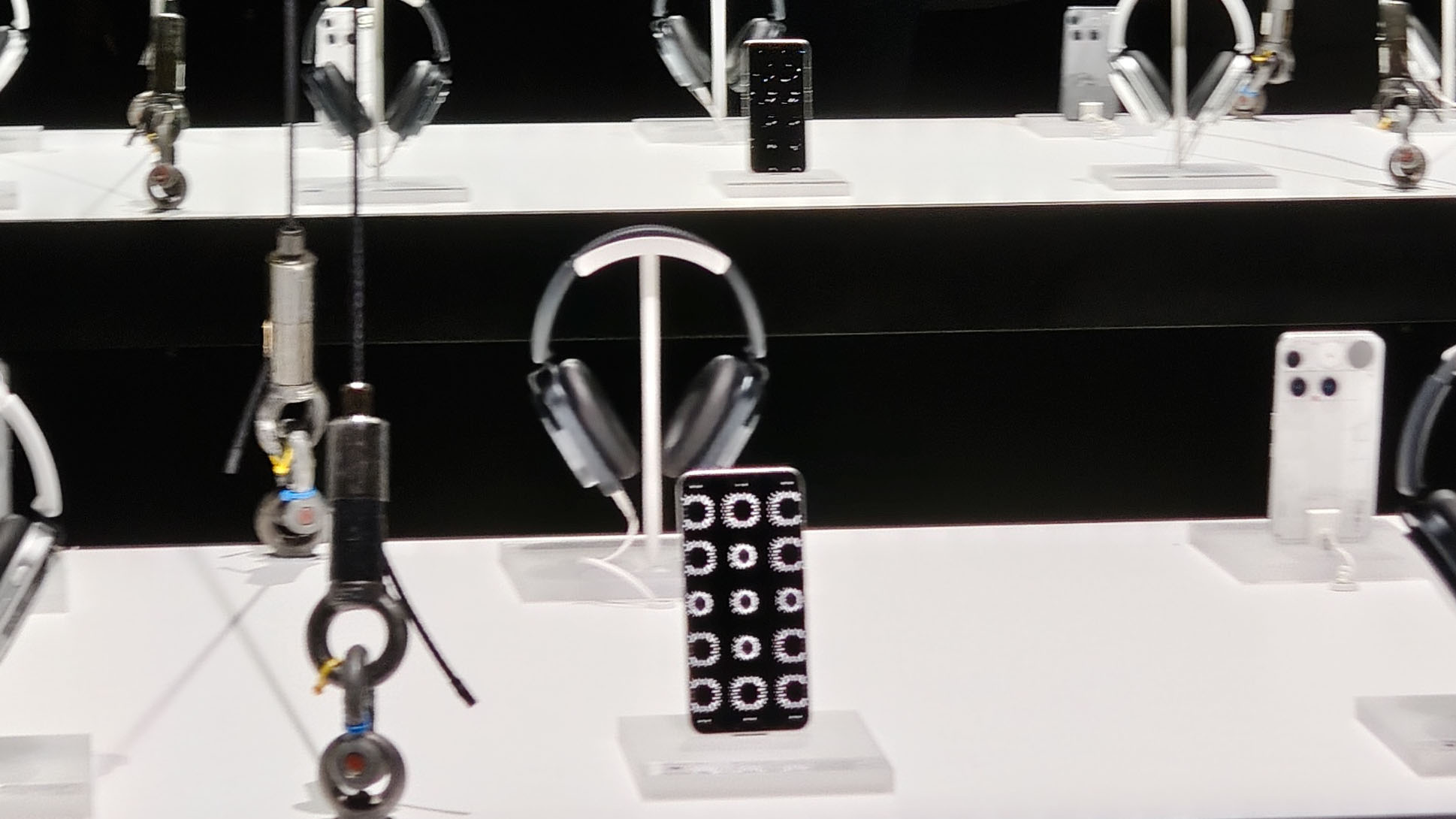
1. Design is different, still very Nothing
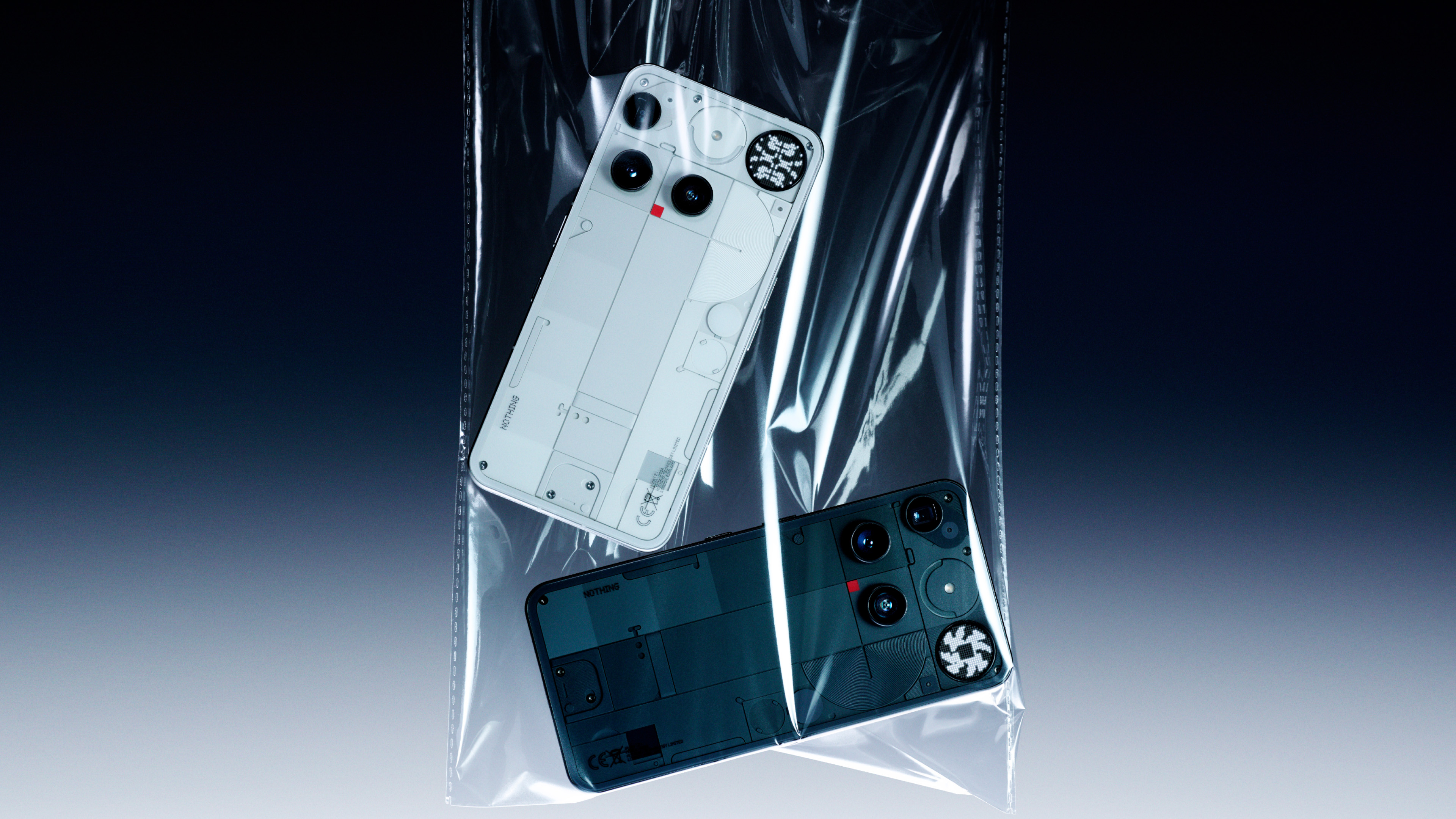
Nothing has thought long and hard about the design of the new Nothing Phone (3) and it's come up with a complex back that houses three camera lenses.
It's geometric and transparent as you would expect from Nothing — and apparently inspired by the New York subway — and while it looks like there is a lot going on, Nothing reckons it has "aesthetics that cut through the noise".
I would have liked the cameras on the back to be totally flush but it's a beautiful-looking phone regardless.
Get exclusive shortlists, celebrity interviews and the best deals on the products you care about, straight to your inbox.
The handset is also 18% slimmer than Phone (2) and the 6.67-inch display is also its brightest yet.
2. There's a new Glyph interface
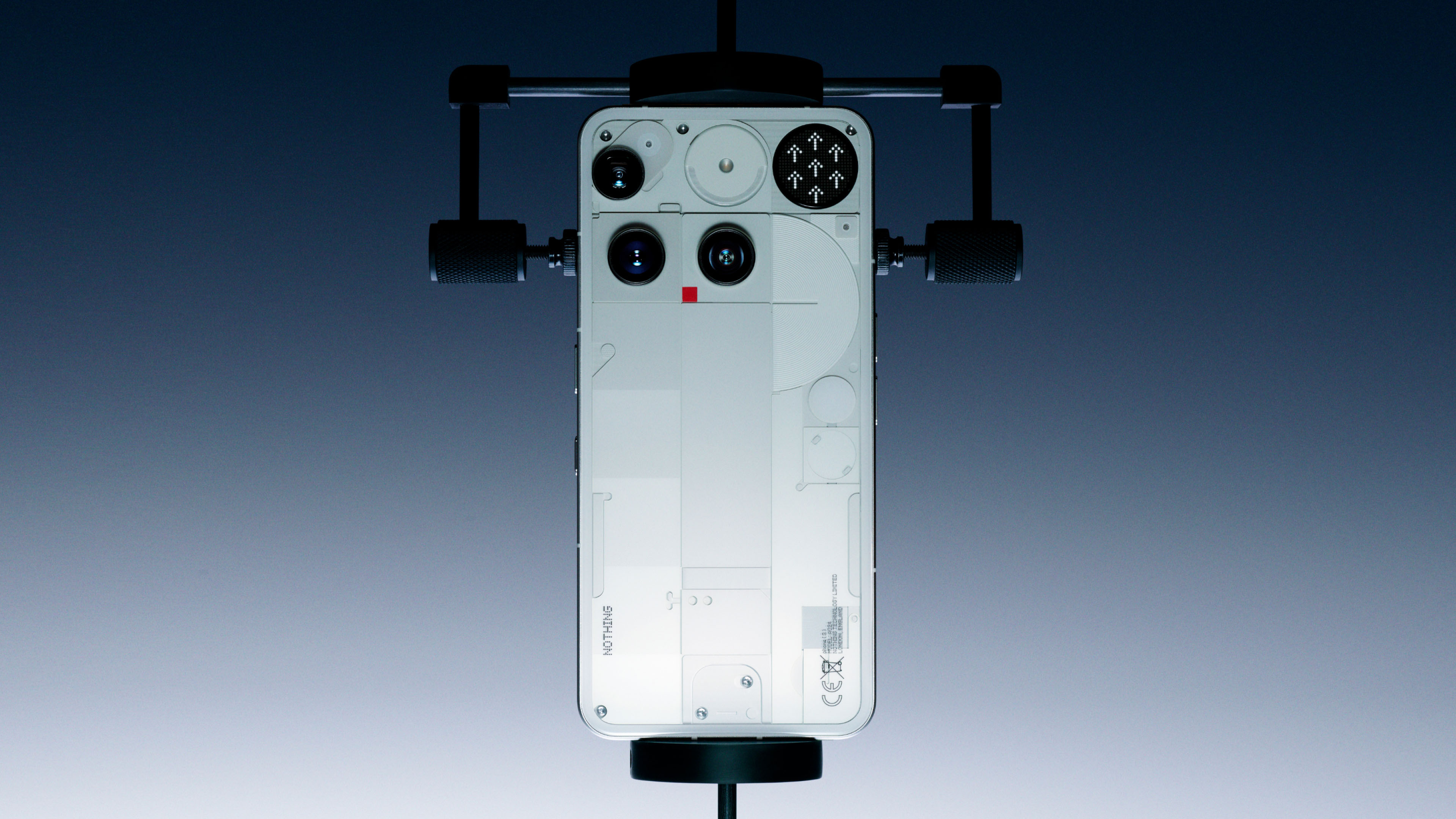
The flashing glyph lights that have become a familiar sight on the back of a Nothing handset have been superseded by what is called a Glyph Matrix.
This is a small dot-matrix display — made of 489 dots —situated top right of the rear of the device that does everything from show off a picture of who is calling, to playing games.
We were shown a game of spin the bottle, via the Glyph Matrix, which may well point to the age range of who Nothing are going for with its handsets.
It's a fun thing and there's lots of possibility with this area of the phone going forward. I was impressed with what I saw at the event and really hope it gets utilised in the proper way.
3. Cameras have been upgraded
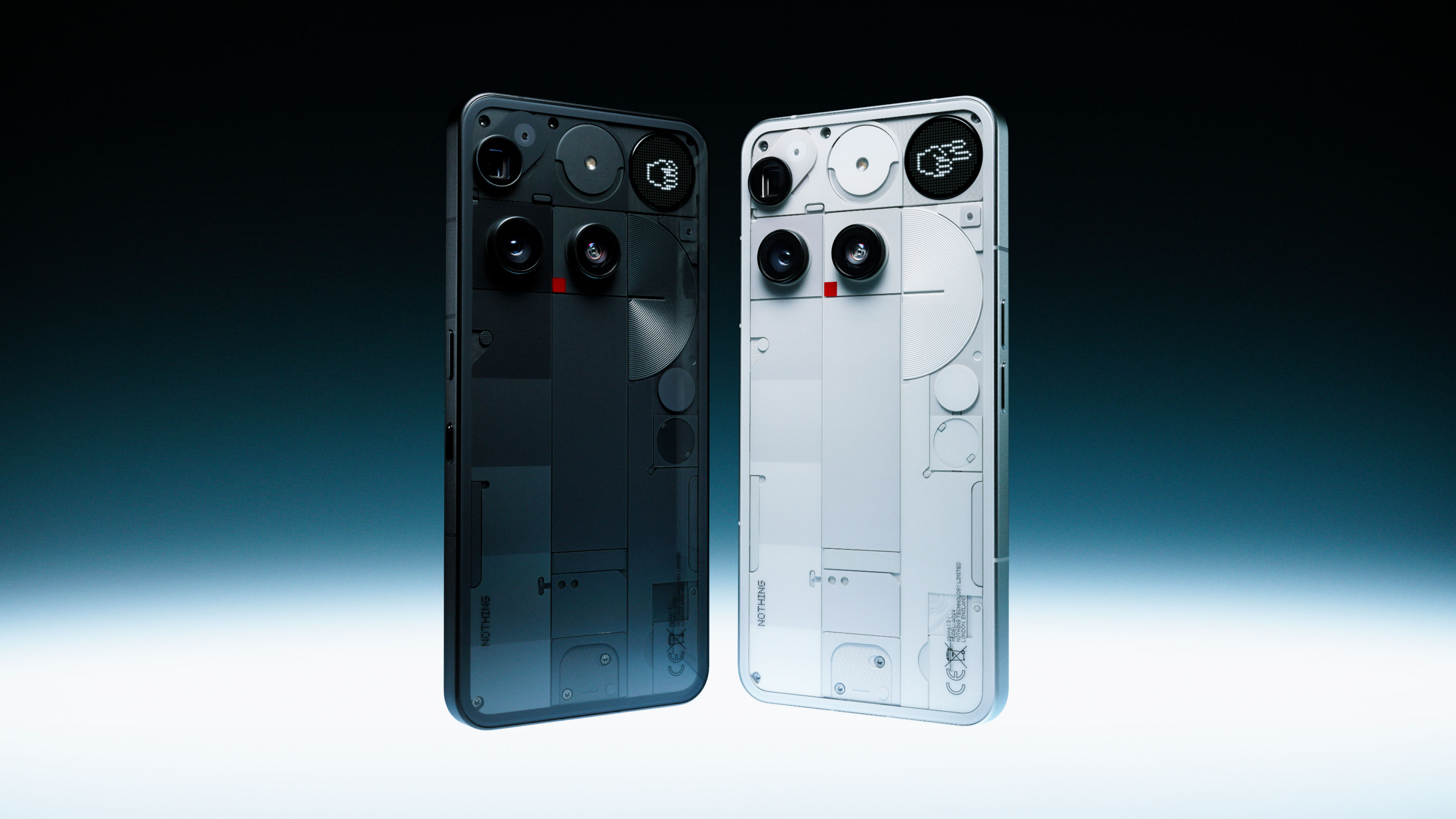
The cameras on the Nothing (3) have been upgraded — and 50 is the magic number.
On the rear, there is a a periscope zoom on a 50MP sensor. This offers 3x optical zoom, 6x digital zoom and a 60x AI Super Res Zoom.
The main camera is 50MP — comprising an f/1.68 aperture and a lossless 1.5x zoom.
And the final camera is a 50MP ultrawide camera with a 114-degree field of view.
Oh, and the front-facing camera is 50MP, too.
4. The processor is punchy but not the most powerful
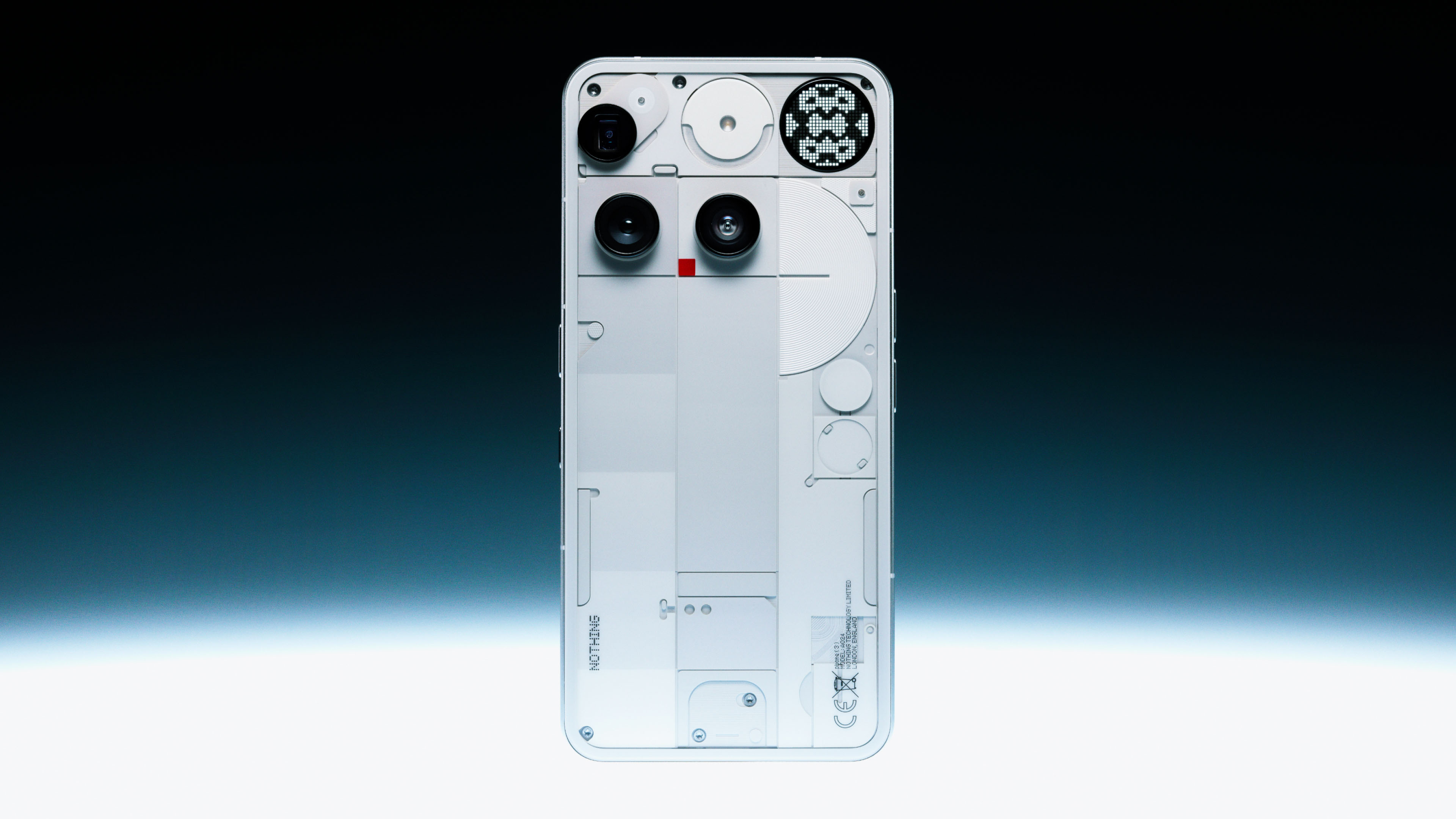
At the Nothing Phone (3) reveal, Nothing noted that the processor on board its flagship is the best for the phone.
This is an interesting choice of words as it isn't the best around. What's inside is the Snapdragon 8s Gen 4.
This is a decent processor but — for example — Samsung's S25 handset is powered by the more powerful Snapdragon 8 Elite and that comes in at a similar price.
It is, though, 5x faster than what is in the Nothing Phone (3a) so Nothing users will see a big difference when using this handset.
The handset runs Android 15 out of the box and also features Essential Space, the one-button AI centre of the phone that was debuted on the 3a.
5. Battery is bigger, better
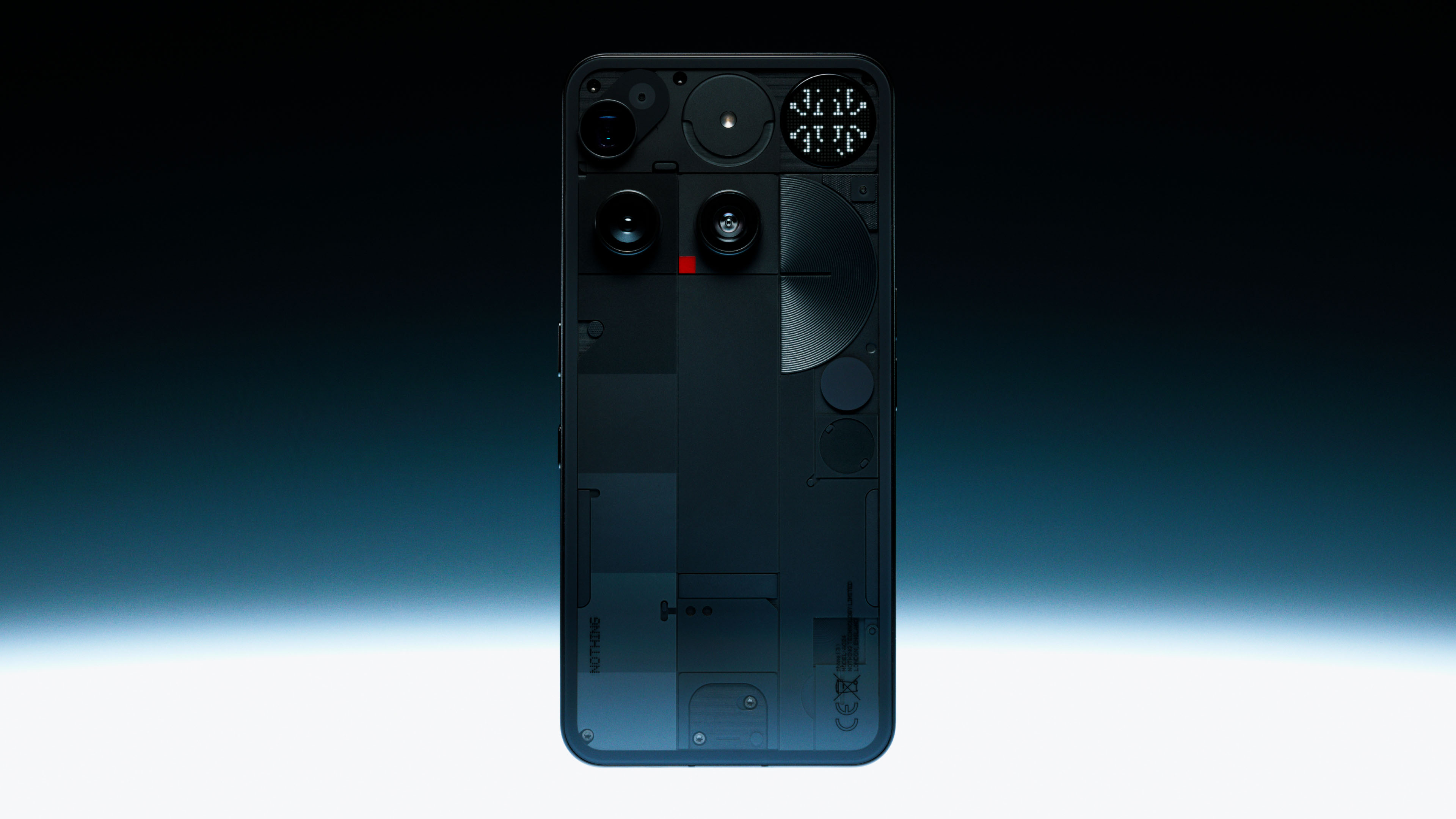
The battery life on the Nothing Phone (3) is impressive. It uses a massive 5,150mAh and can charge 50 percent in 20 minutes with a compatible 65W charger, and up to 100 percent in under an hour.
What's more intriguing is that the battery is made from silicon carbon, which is a first for a phone in the UK. If you are a fan of wireless charging, then the Nothing Phone (3) offers this at 15W.
The Nothing Phone (3) is available to pre-order now for £799 — head to Nothing's site for more details.
- Nothing Headphone (1) review — over ears that offer both style and substance.

As Content Director of Shortlist, Marc likes nothing more than to compile endless lists of an evening by candlelight. He started out life as a movie writer for numerous (now defunct) magazines and soon found himself online - editing a gaggle of gadget sites, including TechRadar, Digital Camera World and Tom's Guide UK. At Shortlist you'll find him mostly writing about movies and tech, so no change there then.
You must confirm your public display name before commenting
Please logout and then login again, you will then be prompted to enter your display name.